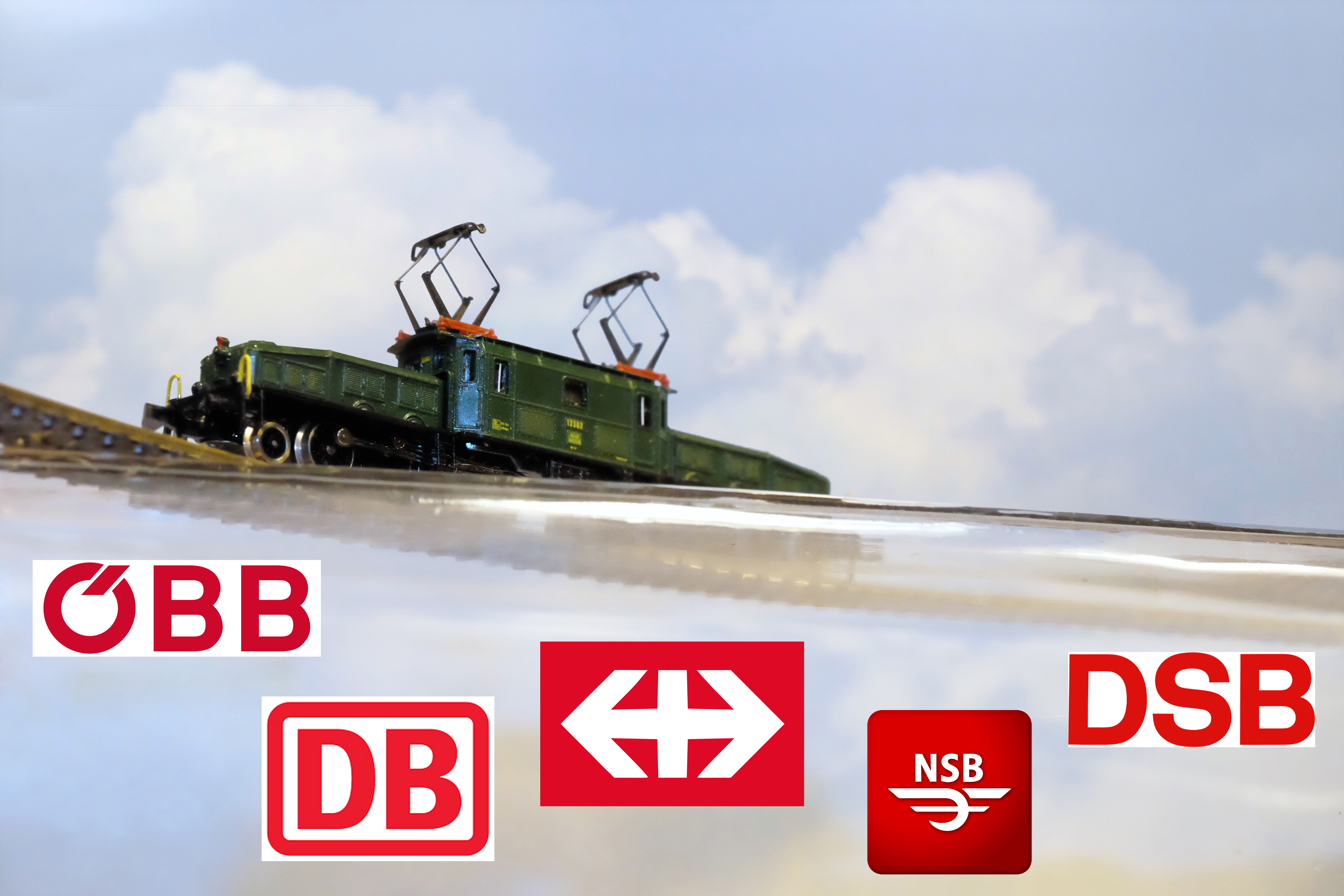Over the years there have been a number of small manufacturers making Z gauge items to further complicate many marriages, collectors of Z know what I mean. Items as small as metal cast parts to detail a building to rolling stock and locos have been produced by small companies sometimes comprising only one individual just a few have survived including Freudenreich Feinwerktechnik. After more than 20 years Harald Thom-Freudenreich of FR is still designing new and exciting locos, rolling stock, and accessories, his initial offerings were based on Scandinavian Railroads, but in recent years he has expanded the FR range to include European locos and rolling stock represented by German, Austrian and Swiss cars and locos as well as American prototypes. I am relative new comer to FR, I have been collecting them for the last 5 years instead specializing in Marklin. For the collector FR represents something unique, they are simply the only option for Swedish and Norway trains in Z. And their small production number makes them uncommon, dare I say rare for a future collectible; a minimum production run for locos seems to be 30 based on pre-order commitments. Each loco or freight car is hand built on a metal chassis with two options for the shell: cast metal or injection molded plastic. Details details details! There are lots of detail parts that are hand applied and even designed parts that are specific to the prototype including pantographs in some cases. Graphics tend to be pad printed with a very few exceptions on some box cars which have applied advertising signage that is not printed on the cars. FR is masterful with the application of prototypical detail parts that are in line with the scale of Z, we should not except FR to do easy; they go above and beyond what anyone who has collected Z has expected in the past. Marklin is the standard bearer and life is better with Marklin trains, but incorporating some FR items into your railroad can add another layer of detail and interest, fortunately each company complements the other: Marklin does not produce FR prototypes and FR does not produce Marklin prototypes in Z. Maybe one day FR will return to producing a few more box cab locos for American prototypes including Lehigh Valley (fingers crossed).
Buying an FR loco or freight car is easy in the United States, you can buy direct. Here is the link for FR in English: http://fr-model.eshop.t-online.de/epages/Shop46559.sf/en_GB/?ObjectPath=/Shops/Shop46559/Categories
FR items are typically boxed in a plastic case with foam and includes a description of the prototype printed on the insert. Unfortunately the description is in German! Each item is assigned a number: first two digits are the country’s telephone prefix, followed by item number with third being one of the following:
0 train sets or car sets (01 – one car / 02 – two car set)
1 locomotives
2 passenger cars
3 and 8 freight cars
4 railroad specific accessories
5 not railroad specific accessories
Any helpful advice from FR collectors is most welcome.



